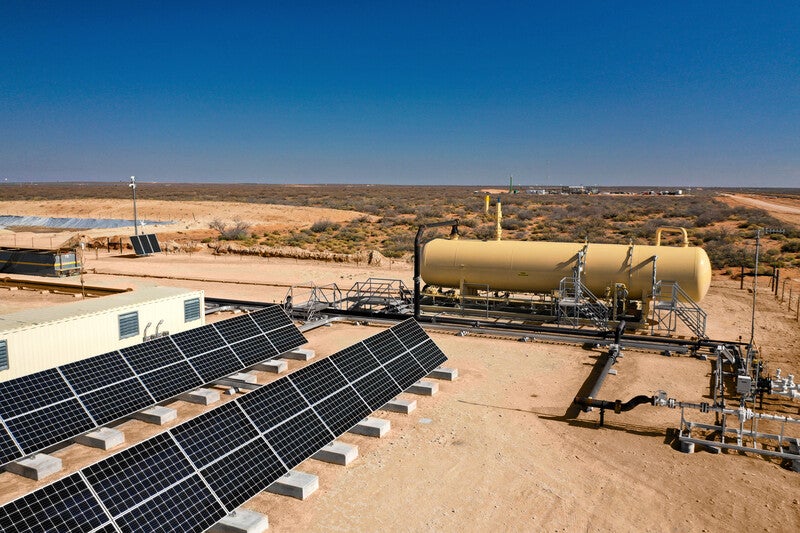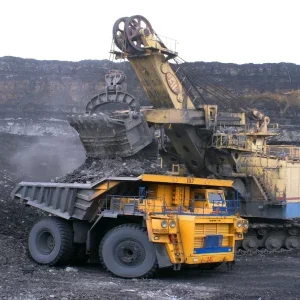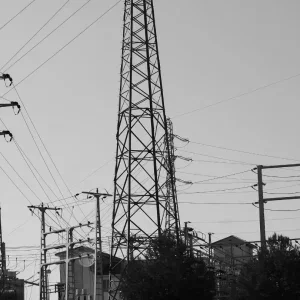
Royal Dutch Shell is reportedly mulling the sale of its shale assets in Texas, which include the largest oil field in the US, as part of its efforts to move away from fossil fuels.
The assets likely to be put up for sale could be worth over $10bn, reported Reuters, citing undisclosed sources having knowledge about the matter.
The potential sale could include part or 100% of the company’s holdings in the Permian Basin, located predominantly in Texas. The assets had accounted for nearly 6% of Shell’s total oil and gas output in 2020.
The Permian Basin has been the core light tight oil asset of Shell. However, the company has been facing increased pressure to cut down carbon emissions from its portfolio, as per the publication.
The sources said that there was no assurance that the oil and gas major will reach a deal for the assets.
Shell’s Permian Basin operations span from Midland, Texas, to the southeastern border of New Mexico state. The company has 260,000 acres of acreage in the Delaware Basin, where it has been focusing on the Wolfcamp, Avalon, and Bone Springs formations.
Shell’s production from the Permian Basin in 2020 was 193,000 barrels of oil equivalent per day (boe/d).
As part of its energy transition plan, the Anglo-Dutch oil major has been targeting gradual reduction in its oil and gas output, while ramping up investment in renewables, hydrogen, and also low-carbon technologies.
Last month, the company was ordered by a Dutch court to strengthen its carbon emissions targets by cutting down its CO2 emissions by 45% by the end of this decade with respect to the level of 2019.
Originally, the company had set a target of bringing down the carbon intensity of its products by at least 6% by the year 2023, 20% by 2030, 45% by 2035, and eventually 100% by 2050 compared with 2016 levels.






